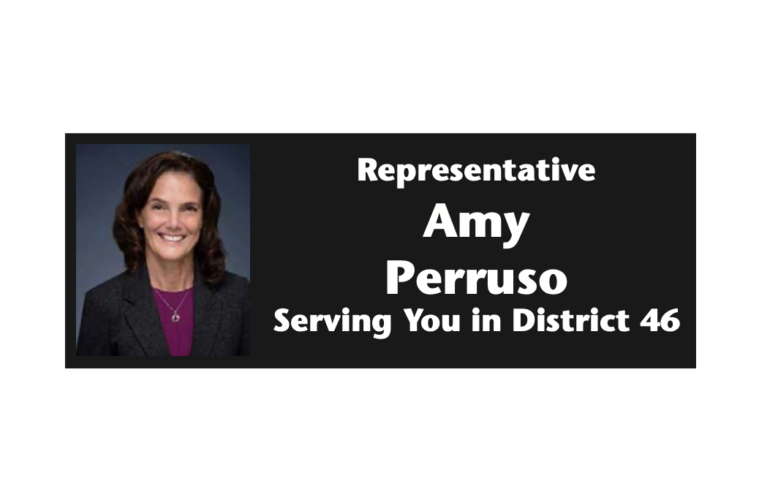I know that so many of us are grappling with shock, pain, grief and anger about the terrible tragedy on Maui. More than 2,100 community structures burned to the ground, including homes, historic sites, community centers, small businesses, and even a beloved elementary school. At least 111 lives have been lost, as of today, and more than a thousand are still missing. The stories of survivors haunt all of us.
I honestly don’t know what to say, to adequately speak to that pain. Words are just not enough.
But it is also important that community members across the pae ‘āina have come together to deliver care, comfort and support for those affected by this disaster, acting in ways that clearly reveal and strengthen the aloha spirit in the islands. That kind of work inspires and uplifts all of us, and offers hope that Lāhainā and Maui will recover, be restored and be rebuilt on the community’s terms.
This event was part of an emerging pattern of compounding and intensifying hazards that can be produced from a single storm, due to the effects of climate change. One of our own Mokulēʻia community members, Matthew Lucas, was part of a UH research team that analyzed the first such occurrence in their 2018 “Fire and Rain” report on Hurricane Lane. Over a four day period, the island of Hawai’i received about 17 inches of rainfall, and almost 60 inches in four days, making Hurricane Lane the wettest tropical cyclone ever recorded in Hawai’i. At the same time, fires on Maui and O’ahu burned 2,577 acres and 400 acres, respectively.
The simultaneous occurrence of rain-driven flooding and landslides, high-intensity winds, and multiple fires complicated emergency response. The compounding nature of the hazards produced during the Hurricane Lane event, seen again with Hurricane Dora on Maui, highlights our need to better understand, anticipate, and proactively protect our communities against the dangers posed by these complex weather and climate feedback loops.
The simultaneous emergence of climate and weather events including high winds, fires, flooding, and landslides across the islands during these two hurricanes strained the capacity of emergency responders, limiting their ability to assist in other hurricane- related incidents, such as evacuations, medical emergencies, and road clearing. In some areas on the island of Hawai’i during Hurricane Lane, flooding and landslides led to road closures that essentially cut off entire sections of coastline and communities from municipal resources and aid, and similar truncations of transportation and electrical line routes during Hurricane Dora likewise created challenges for emergency responders.
At least 6,000 people live in low-lying areas of Mokulēʻia and Waialua, in close proximity to the coastline, and are highly vulnerable to the many hazards associated with now more frequent and intensified hurricanes. These hazards include the threats posed by spread of wildfires from surrounding agricultural and military lands, as well as those posed by a potential failure of Wahiawa Dam during extreme precipitation events. Current state storm emergency response plans for Waialua and Mokulēʻia involve sheltering in place or moving inland to areas of higher elevation, specifically to Wahiawā and Central O’ahu, but the current travel paths are easily cut off by related disaster events.
Hawai’i is more than three thousand miles from the continental United States, which can delay arrival of outside emergency assistance in the wake of a natural disaster. We have only one harbor capable of accommodating high-volume container ships and only a 5–7 day supply of food available in the islands at any given time. In the event that damage occurs to that shipping port or our main airport, access to the islands and the distribution of emergency supplies could be severely compromised.
In light of these heightened challenges, community leaders across the islands, including Wahiawā and Mililani, have been organizing themselves to improve community resilience, growing capacity through training and the development of a community resilience plan. The Hawai’i Hazard Awareness and Resilience Program is a community certification process, whereby committed community members usually meet regularly over the course of several months, learning about the range of nature of dangers posed to the commentifying community strengths and weaknesses, and developing a comprehensive plan intended to structure community action in the face of natural disaster. These community leaders also identify ways in which county, state and federal governments can most effectively support community efforts, whether through dam repair and maintenance, stream clearance, better land management practices that reduce fuel load, hardening and resourcing school sites so that they can serve as shelters, providing localized storage of necessary emergency supplies, and providing HHARP team leaders with critical tools like ham radios and solar-powered generators to sustain the network of neighborhoods that make up our communities.
Our office will be working with Council member Weyer’s office, Waialua and Mokulēʻia community leaders, and HI-EMA to create our own well-trained disaster preparedness leadership team, who will organize and direct immediate community response until official county, state and federal support can arrive. We are trying to do this work in as many communities as possible – see mililanidpt.com and representativeamyperruso. com/hharp for examples of what the Wahiawā and Mililani groups have started. If this is work that appeals to you, and if you would like to support this effort to strengthen our community response capacity, please call our office at (808) 586-6700 or email our office at repperruso@capitol.hawaii.gov.



